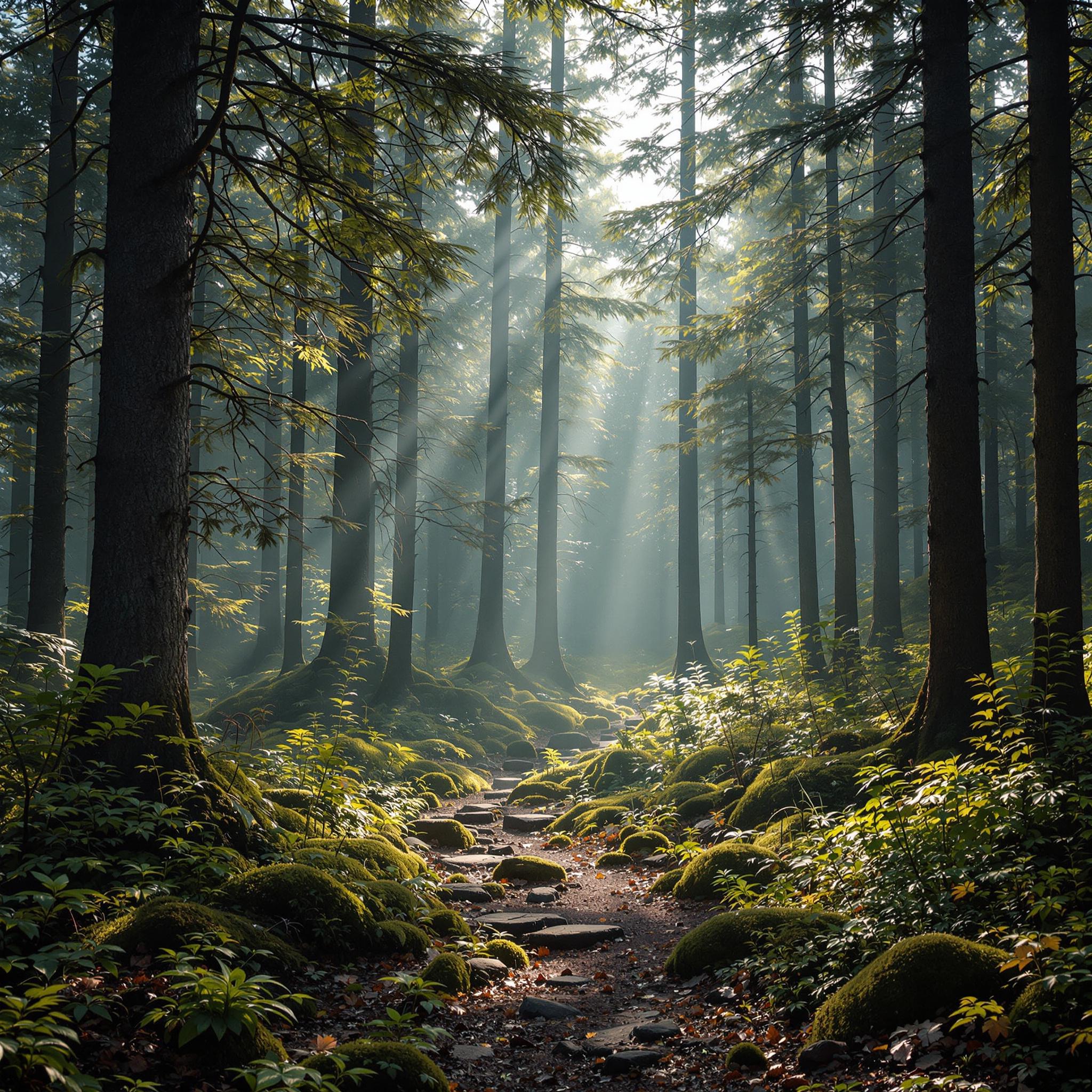Summary
Based on the comprehensive evaluation of 20 different AI models, Nano Banana Pro has emerged as the clear leader 🏆, achieving the highest overall score of 8.54. It demonstrates exceptional versatility, dominating in both photorealistic and stylized tasks.
🚀 Key Takeaways:
- Top Tier Performance: Google's models are performing exceptionally well, with Nano Banana Pro (1st), Imagen 4.0 Ultra (2nd), and Nano Banana (2.5 Flash) (3rd) taking the podium positions.
- The Text Revolution: Capabilities in Text in Images and Graphic Design have matured significantly. Models like ChatGPT 4o and Flux 2 Pro can now reliably integrate legible text into complex scenes.
- The Difficulty Gap: The Ultra Hard category remains a major stumbling block. While the average score for Architecture is 8.02, the average for Ultra Hard is only 5.94, highlighting that complex logic (e.g., Horse riding astronaut) and specific actions (e.g., Hawker cleaning) are still the ultimate test.
- Midjourney's Struggle: Surprisingly, Midjourney v7 struggled in this specific battle (ranking near the bottom), often penalized for prioritizing artistic style over strict prompt adherence and text accuracy.
Patterns, Strengths, and Weaknesses
1. The "Plastic Skin" Problem
One of the most persistent issues identified in the Photorealistic People & Portraits category is the "AI sheen" or waxy skin texture. Older or less tuned models like DALL-E 3 and Flux 1.1 Pro Ultra were frequently penalized for this. In contrast, Nano Banana Pro and Imagen 4.0 Ultra consistently produced realistic, porous skin textures.
2. Text & Typography Mastery
In the Graphic Design category, we see a bifurcation in capability:
3. Logic vs. Aesthetics
The Ultra Hard category exposed a critical weakness in many models: logic adherence. For the Horse riding astronaut prompt, most models failed to reverse the roles (showing a man riding a horse instead of the requested astronaut being ridden). Only Nano Banana Pro and Flux 2 Pro scored a perfect 9 here, proving they actually "read" the prompt rather than relying on training bias.
4. Anatomy is still a hurdle
Despite improvements, the Hands & Anatomy category shows that detailed interactions (like Two people high-fiving) still cause artifacts. Seedream 3.0 surprisingly scored a 10 on the high-five prompt, showing that even mid-tier models can have specific strengths.
Best Models by Scenario
📸 Best for Photorealism
If you need indistinguishable-from-reality photos, Nano Banana Pro is the undisputed king, scoring 9.4 in the People category.
🎨 Best for Artistic & Anime Styles
For prompts like Studio Ghibli style, Nano Banana Pro (9.2) and Nano Banana (2.5 Flash) (9.1) capture the specific brushwork and atmosphere best.
- Honorable Mention: Seedream 3.0 (8.0) is a great budget option for anime aesthetics.
🖋️ Best for Typography & Design
For logos, posters, and Text in Images:
- Nano Banana Pro (9.2 score) handles complex integration.
- ChatGPT 4o (9.1 score in Graphic Design) is exceptionally reliable for clean, flat vector art and correct spelling.
- Flux 2 Pro (8.9 score) is excellent for modern, stylized graphic assets.
🧠 Best for Complex Logic
When the prompt requires defying physics or standard training data (e.g., Surreal & Creative Prompts):
- Nano Banana Pro (8.6 in Ultra Hard) is the smartest model available.
- Flux 2 Pro (6.1) struggles more here but is capable of some logical feats.










